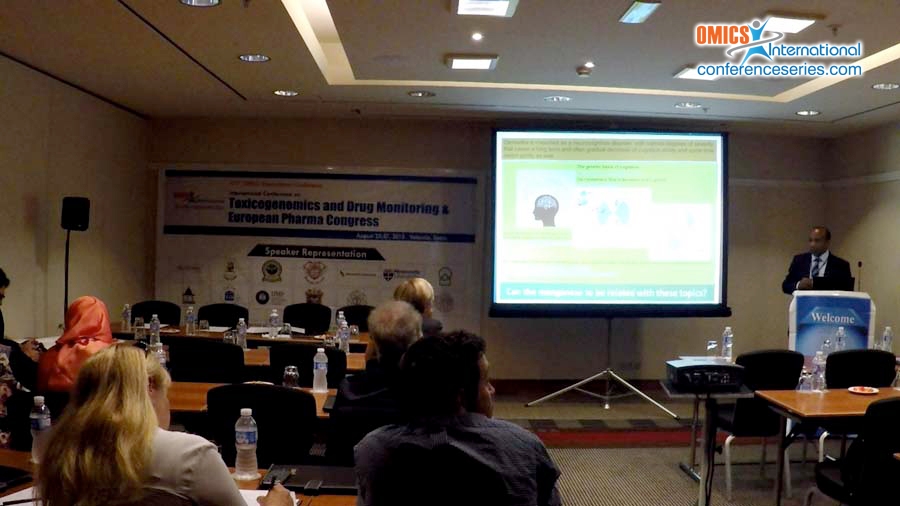
Raul Bonne Hernandez
Bioinorganic and Environmental Toxicology - Labita, Brazil
Title: Toxicogenomics analysis of zebrafish (danio rerio) embryos reveals pathways involved in manganese-induced dementia
Biography
Biography: Raul Bonne Hernandez
Abstract
Manganese (Mn) is essential for living organisms, playing an important role in nervous system function, bone mineralization, protein and energy metabolism, metabolic regulation and cellular protection. Nevertheless, chronic and/or acute exposure for this metal, mainly during early life stages can lead to neurotoxicity, but the mechanism for these events is still unclear. We hypothesize that exposure to Mn species induces differential neurotoxicogenomic alterations. Thus, the aim of the present study was to compare the toxicity of several and representing common aquatic chemical species of manganese, and to understand the mechanism of Mn-induced neurodisorders. Methods: The the toxic effects of the manganese (Mn(II)-Chloride, Mn(II)-Citrate and Mn(III)-Citrate) in embryos of Danio rerio was verified by chemical speciation, chemical fractioning, neurobehavioral and toxicogenomic approaches (DNA microarray and RT-PCR). The embryos of zebrafish were exposed during different development stage from 2 hours post fertilizations –hpf to 122 hpf, for 48 h, 72 h and 120 h. Results: We found a stage-specific increase of lethality, being more significant for embryos exposed for Mn(II)-Citrate, specially > 48 hpf. Additionally, we verified that the zebrafish embryos exposed for manganese (48- 120 hpf) showed significant Mn bioaccumulation, behavioral (locomotor and cognitive) impairment and finally disruption of genes associated with protein metabolism pathway. These genes (bcat2, cenpj, dpp4, eif2s1, ell2, erbb2ip, mmp2, myl6, sgce, slc14a2 and tcea3) are potentially associated with dementia (Parkinsonism and Alzheimer´s) too. Conclusion: These toxicogenomics findings suggest that early-life exposure for manganese may contribute to late-life neurodegeneration.
Speaker Presentations
Speaker PPTs Click Here



